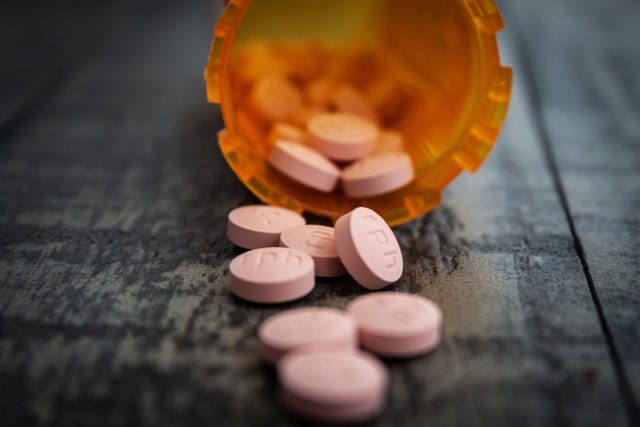Treating chronic pain is no small feat. According to the CDC, more than 20% of adults in the United States have chronic pain; that’s more than one in five adults. Of adults in the U.S., 8% have what’s called high-impact chronic pain, meaning that their pain interferes with their day-to-day life; that’s about one in 13 adults. Obviously, the chronic pain problem is a big one.
Pain management is a big business these days. Pain management St Augustine FL would tell you that there are a variety of ways to treat chronic pain, from medications to physical therapy, from nerve blocks to Eastern medicine practices. One way to manage pain is through opioid medications.
The Opioid Crisis
There is an opioid medication crisis in the U.S. today, thanks to over-prescribing practices in the 90s. Doctors prescribed opioids at the drop of a hat when they were first introduced to the market. Anybody with any pain at all was given a prescription for Percocet, Vicodin, Dilaudid, or Morphine. And when they wanted something stronger, or their prescriptions ran out, chronic pain patients turned to illegal drugs like heroin to deal with their pain.
Unfortunately, the response of the medical community has been to severely curtail the prescribing of opioid medications, often to the detriment of the more than 51 million adults living with chronic pain. As much as there is an opioid crisis, there is also a chronic pain crisis, and many of those living with chronic pain find that opioid medications are helpful, if not indispensable, to managing their pain and allowing them to be functional members of society. The more undermedicated these patients are, the less productive they’re able to be. Chronic pain patients who are un- or undermedicated are twice as likely to have suicidal ideation, according to the Cleveland Clinic.
There is a belief that the majority of chronic pain patients taking opioid medication to treat their pain will become addicted. However, the Cleveland Clinic says that the incidence of addiction in chronic pain patients is no different from opioid addiction in the adult population in general. In other words, it doesn’t matter if you live in chronic pain and take opioid medication or not; your chance of becoming addicted to opioids is the same.
While the opioid crisis is very real in the U.S., so is the crisis of chronic pain patients being under-medicated for their chronic pain out of fear that they’ll become addicted to opioid medications.

